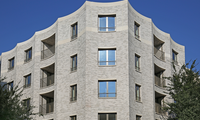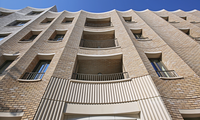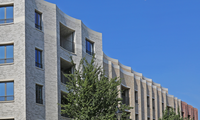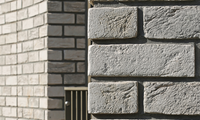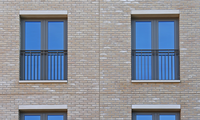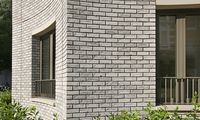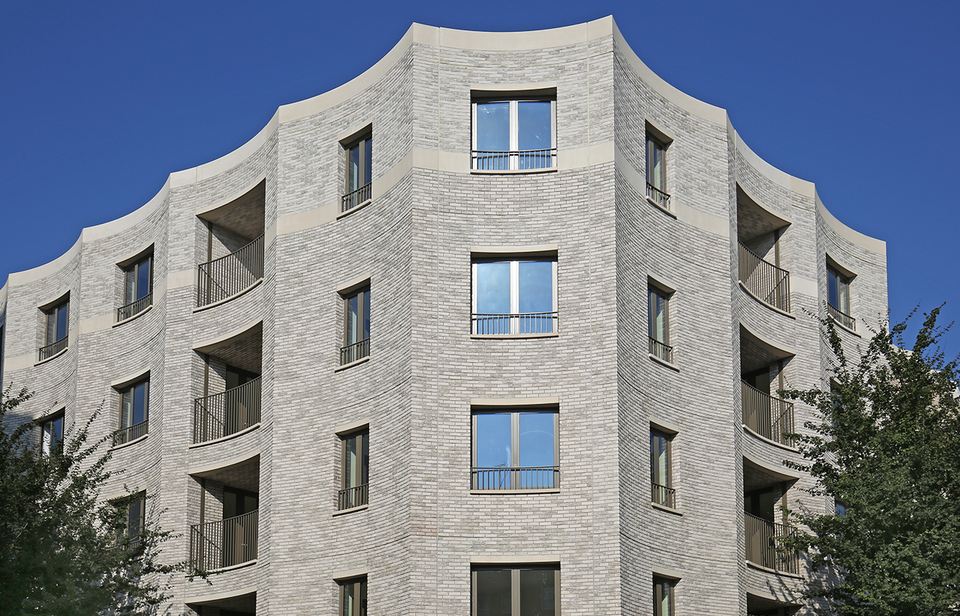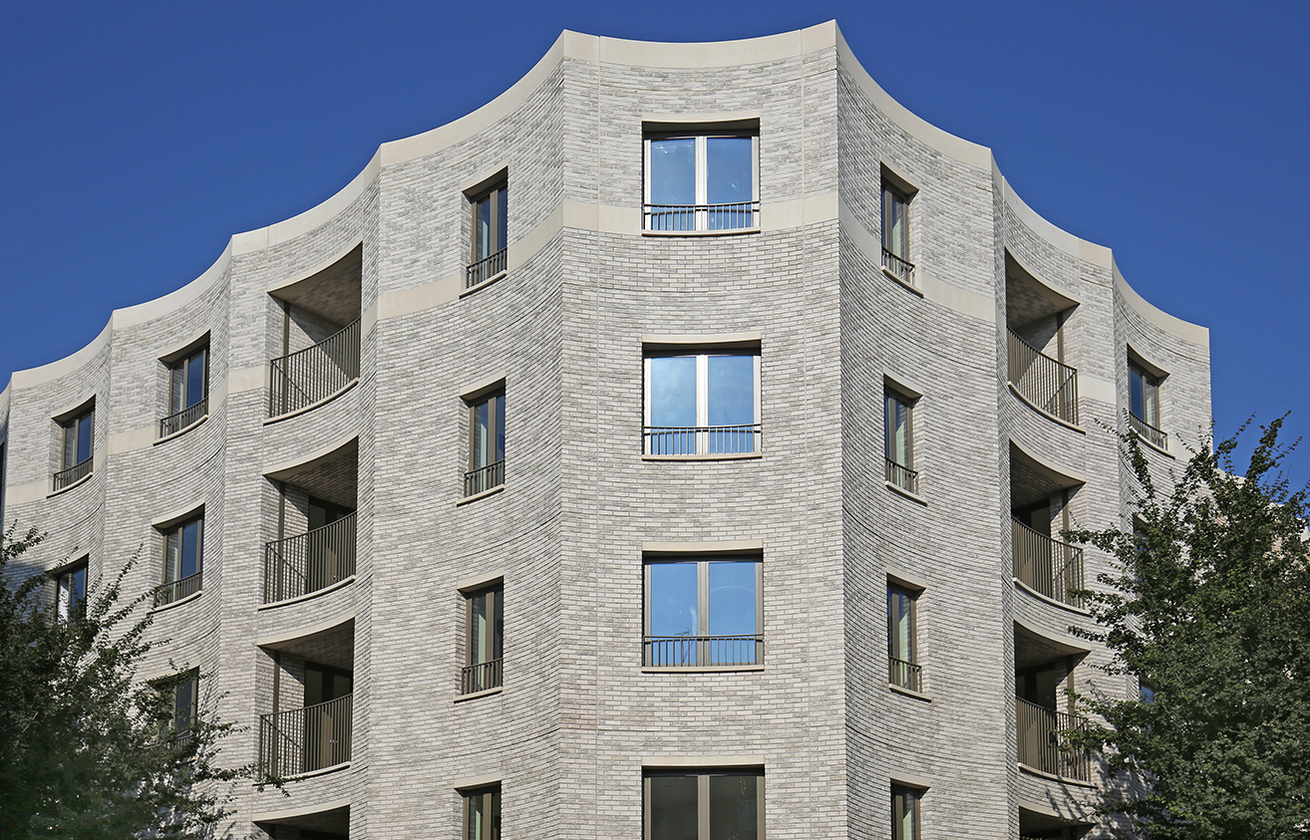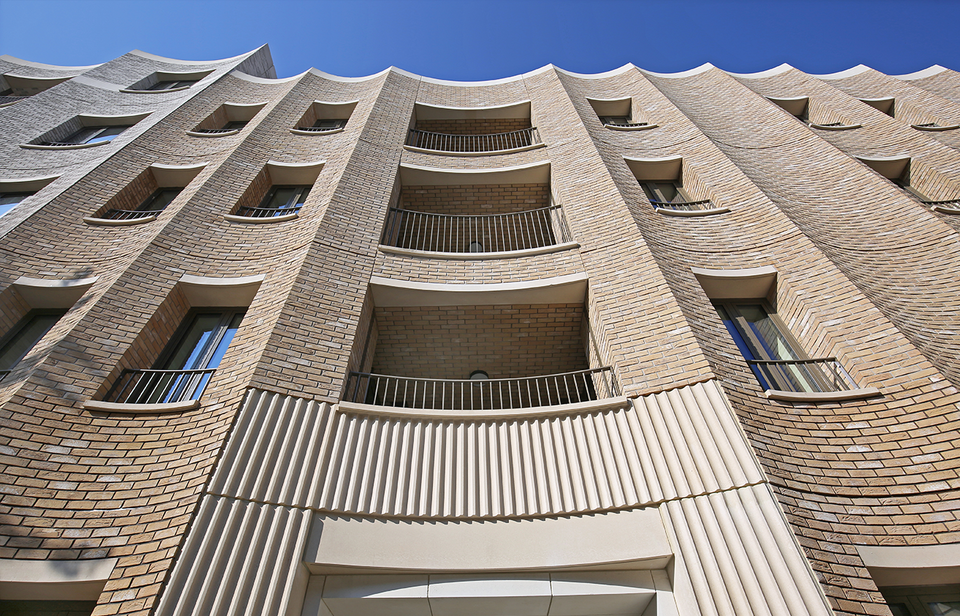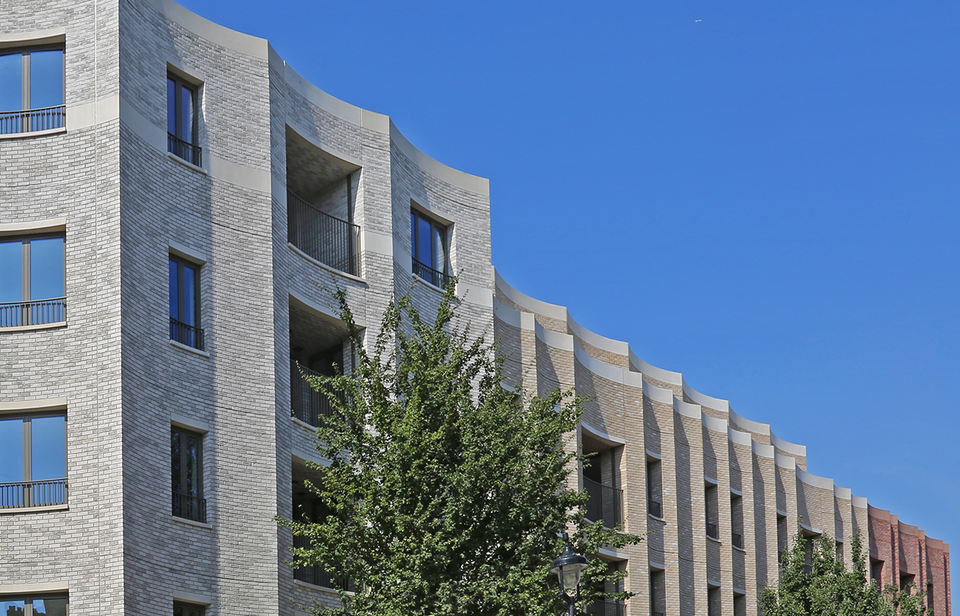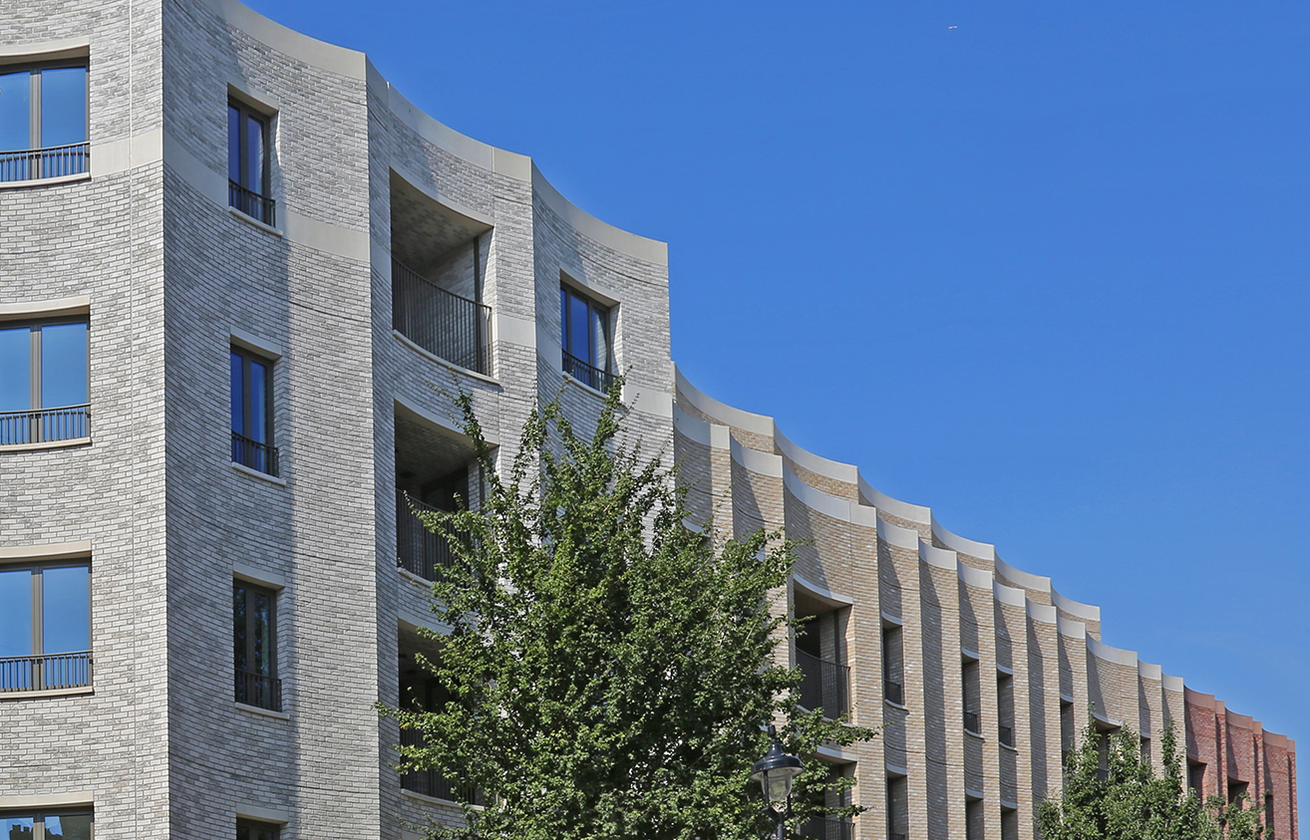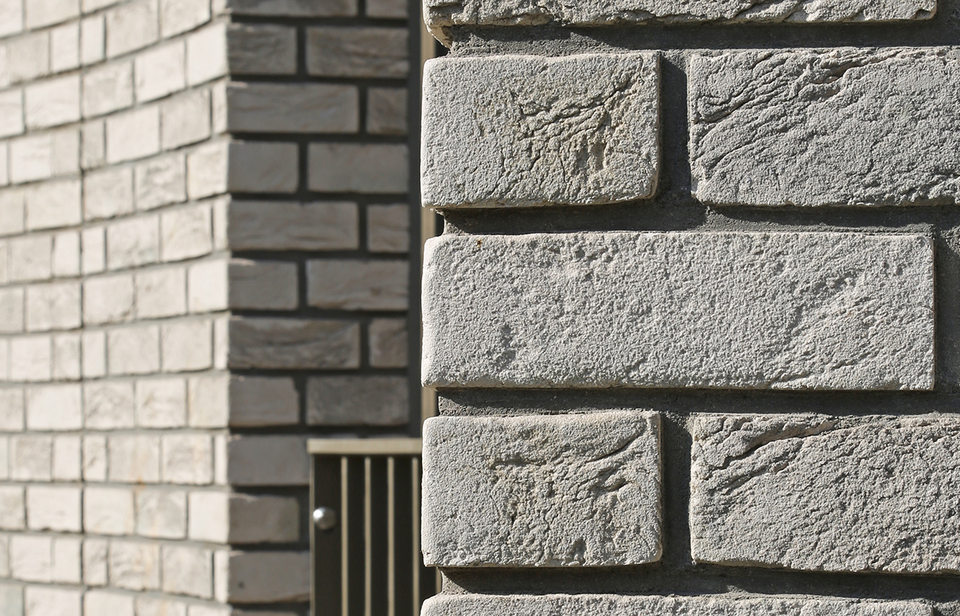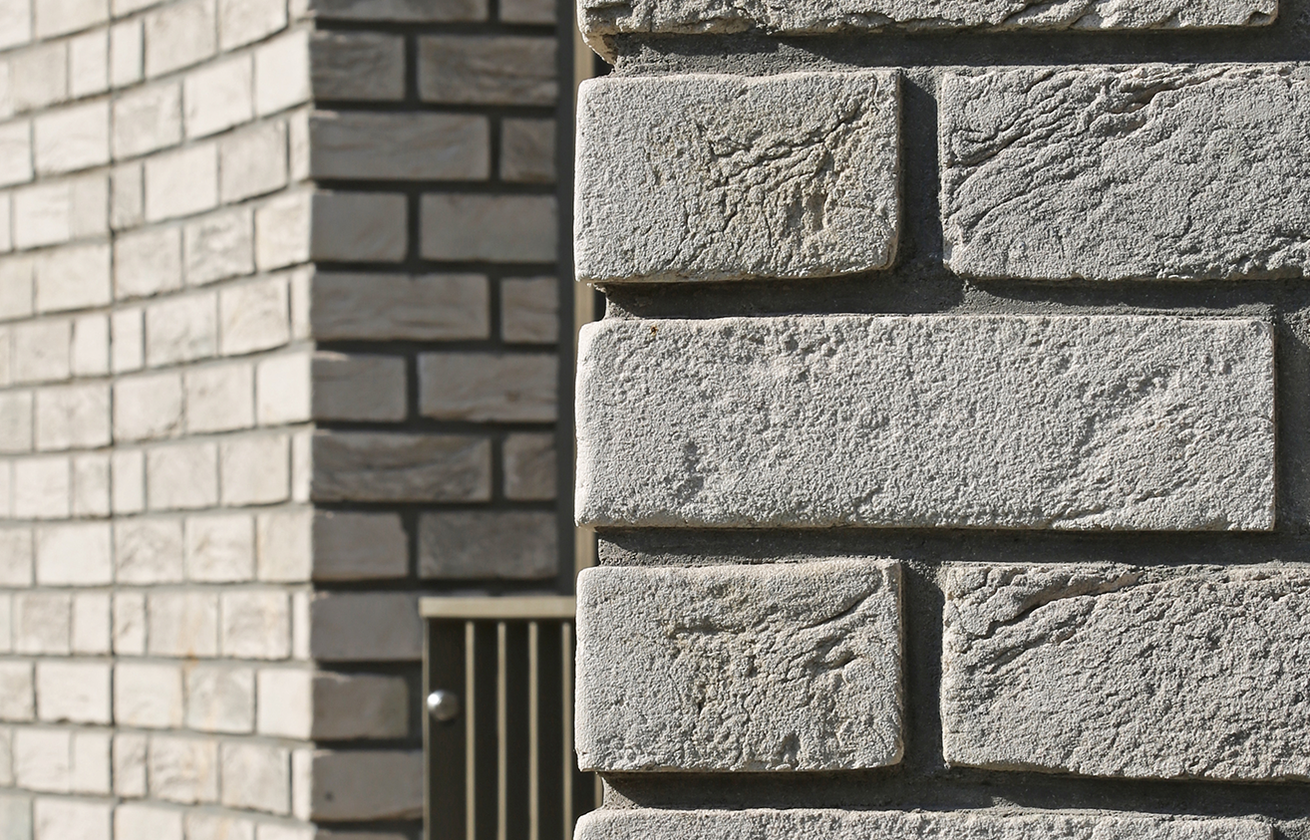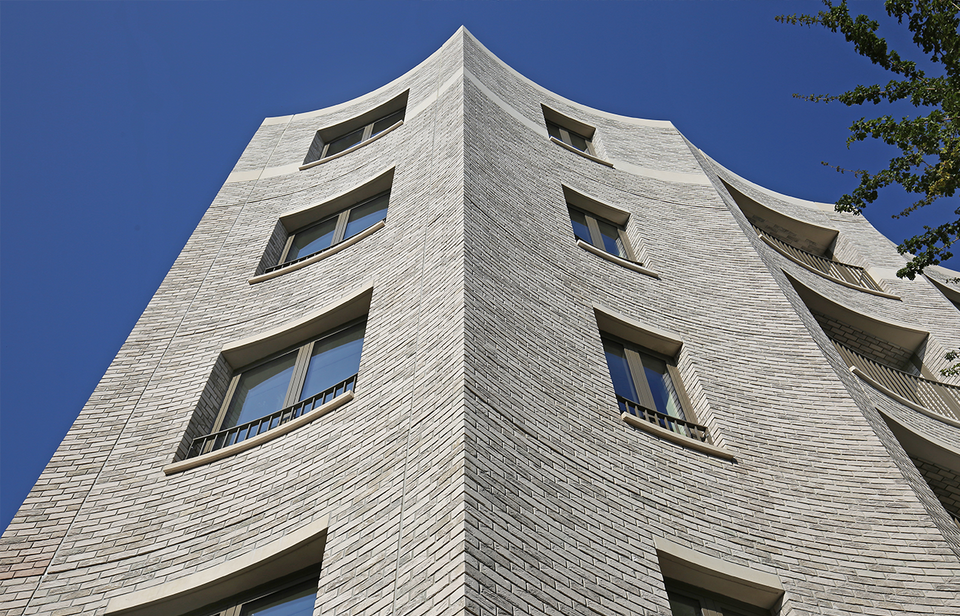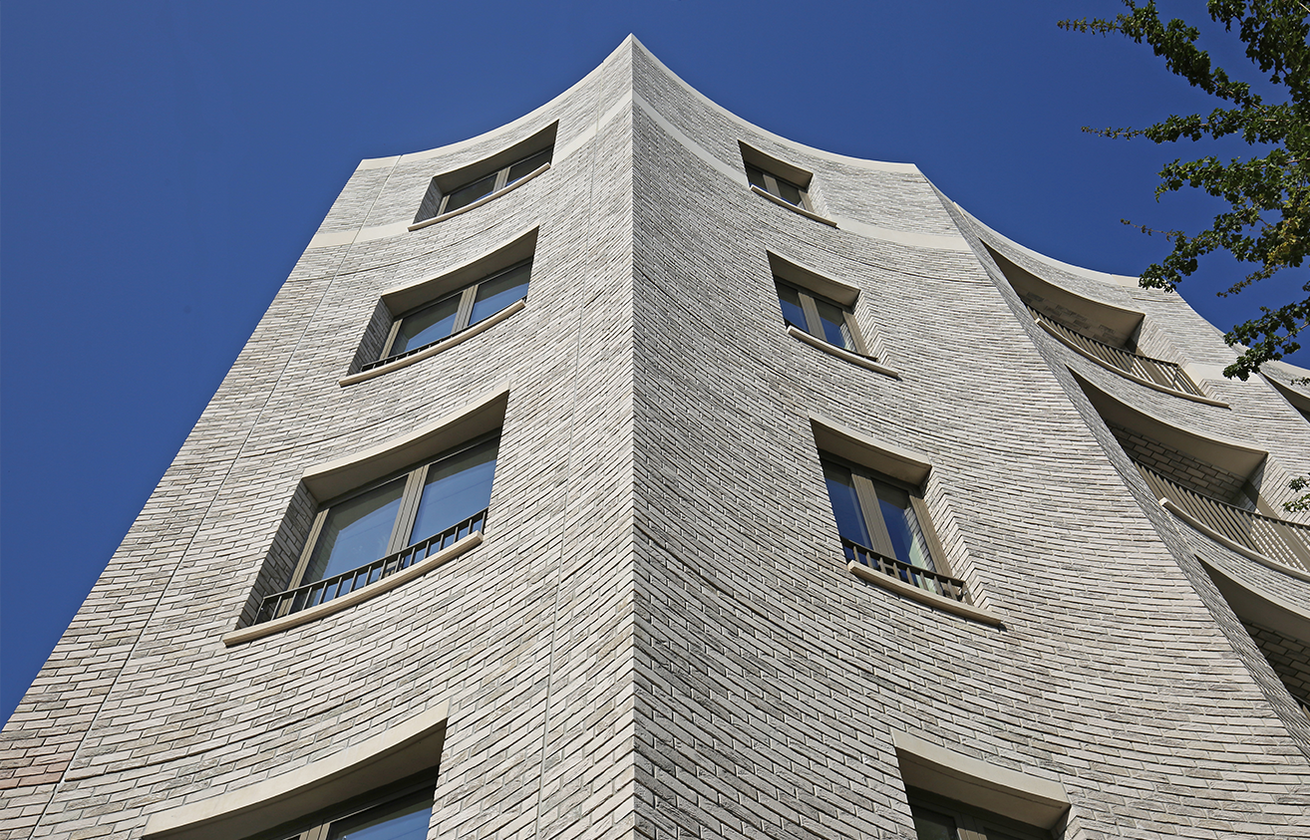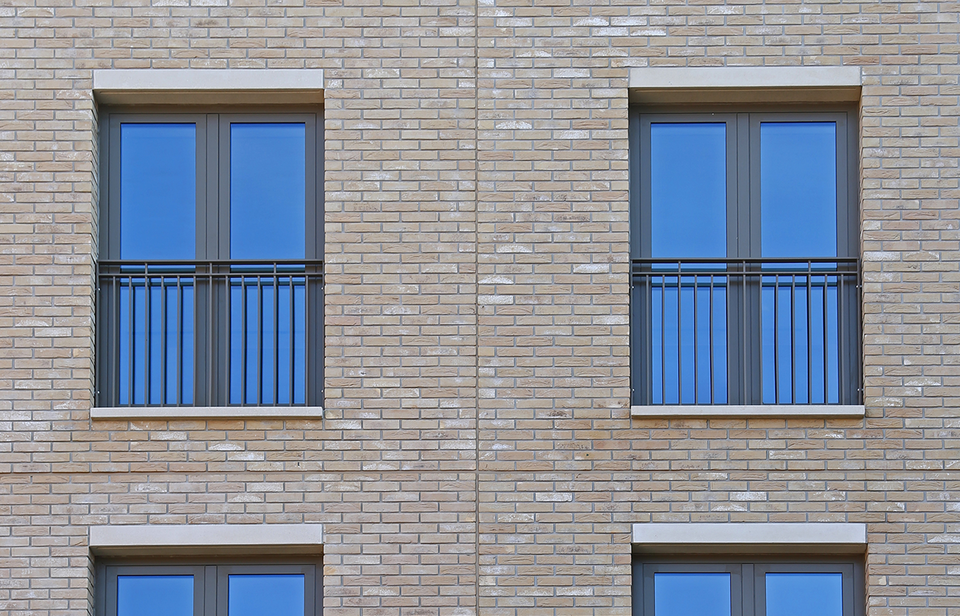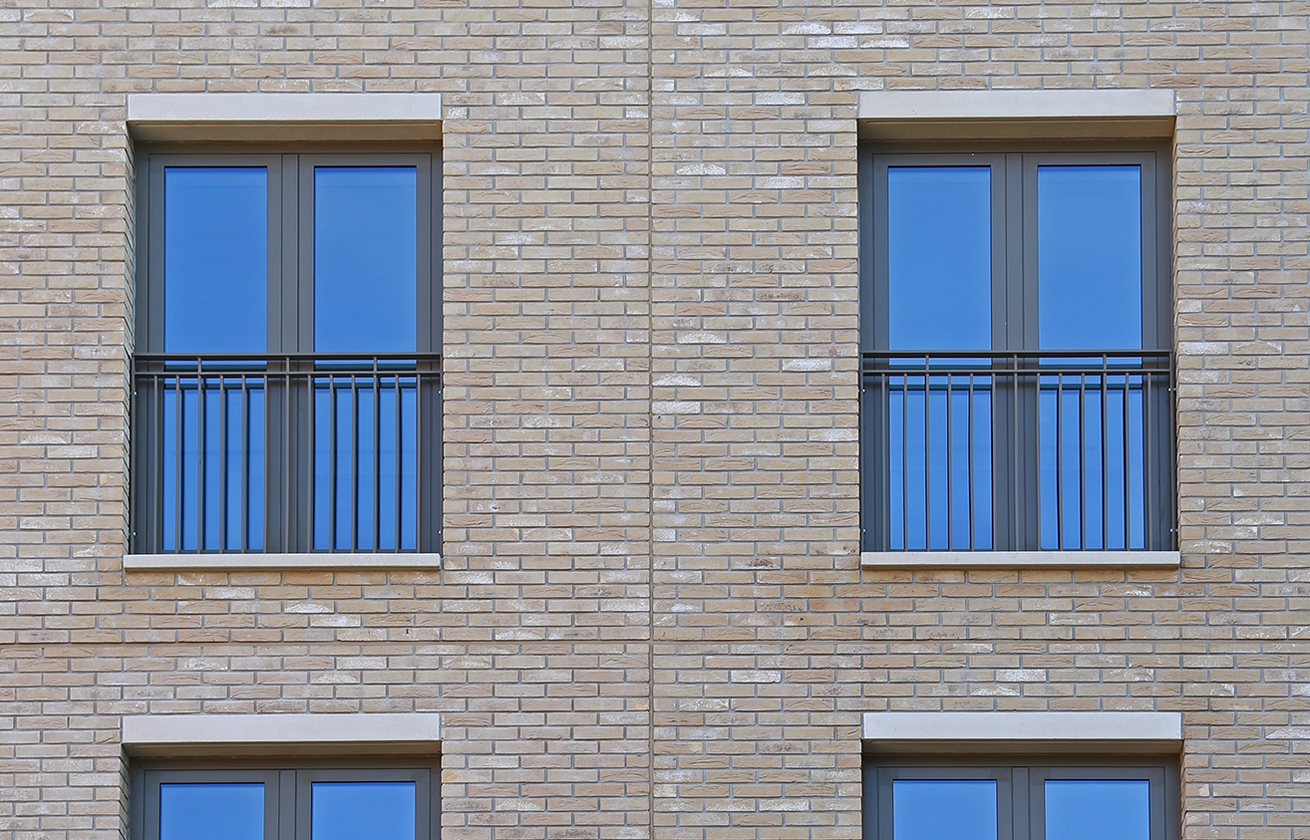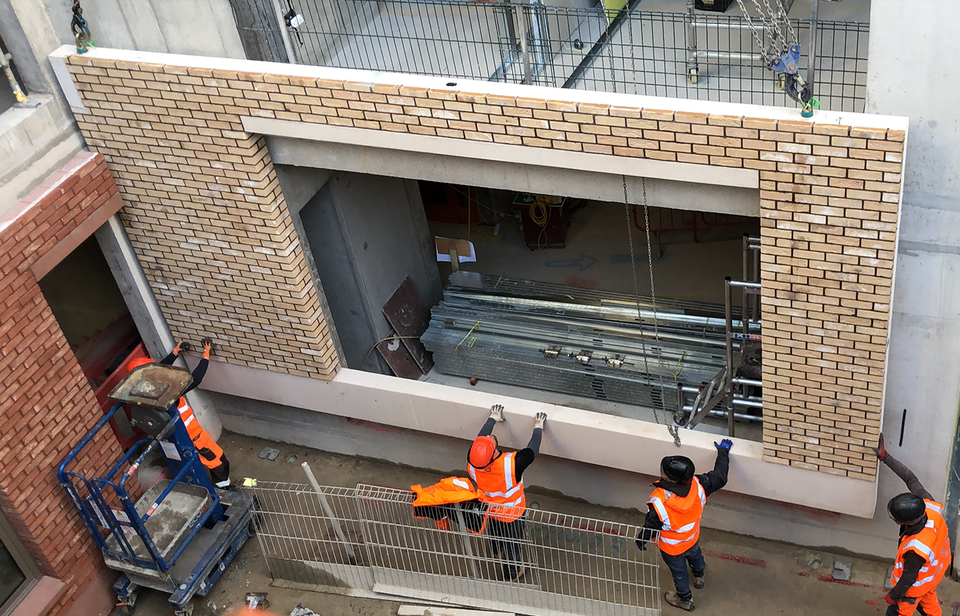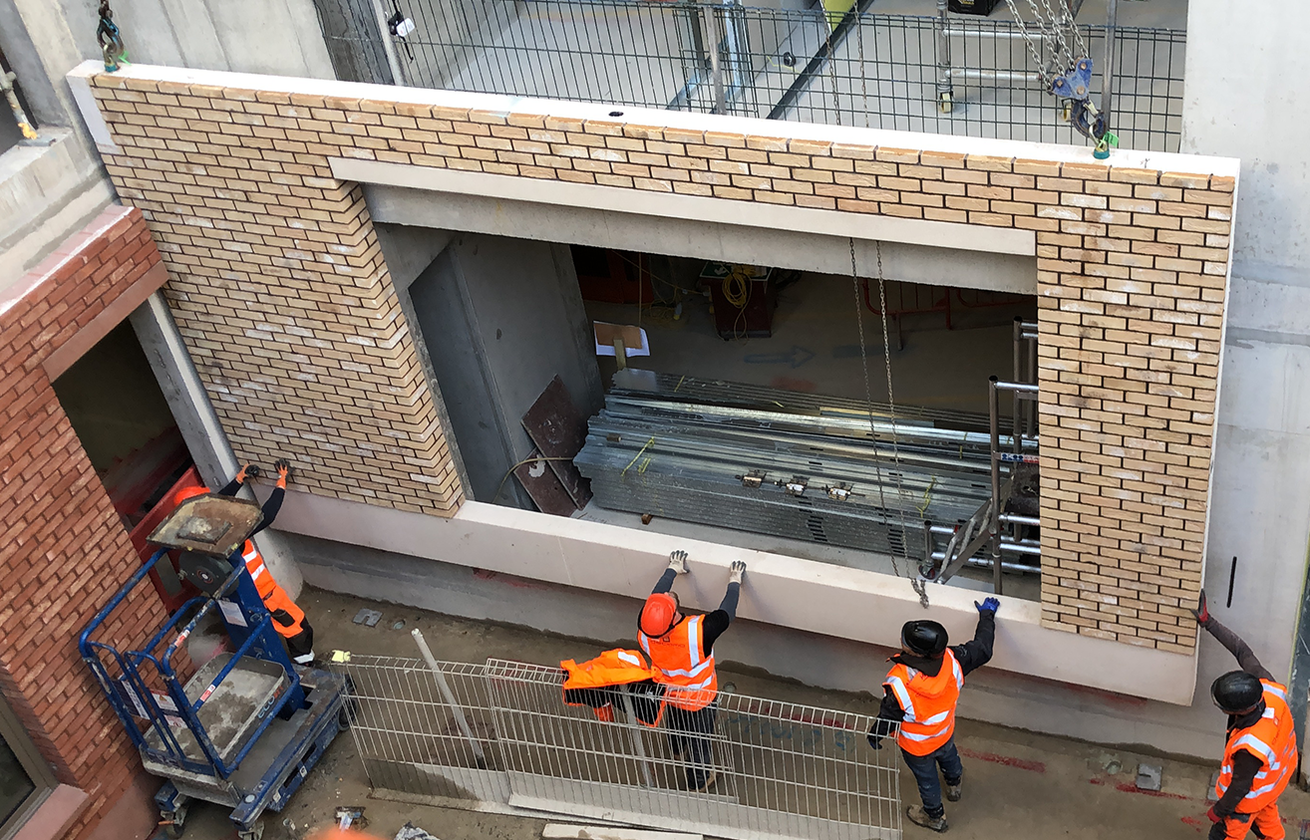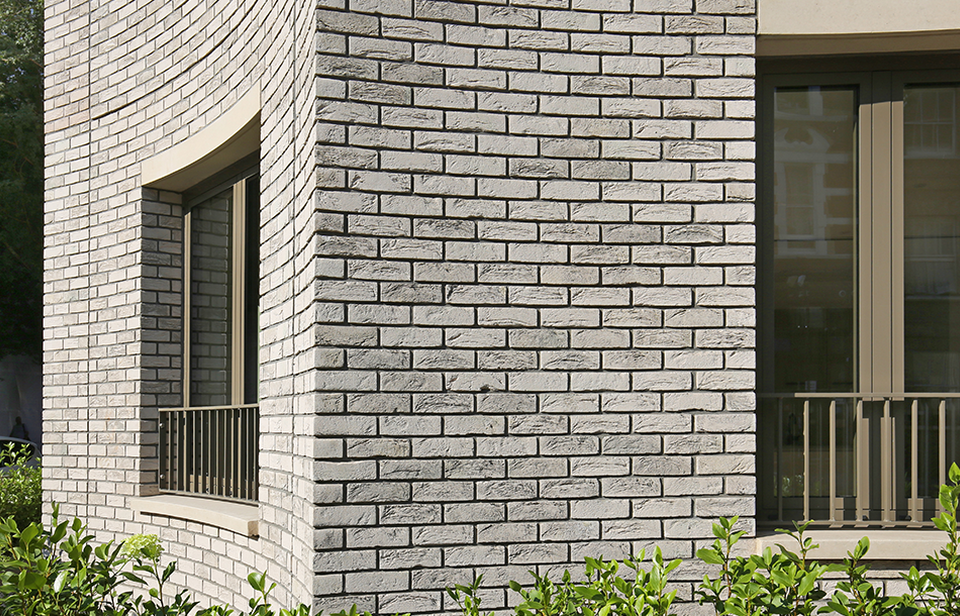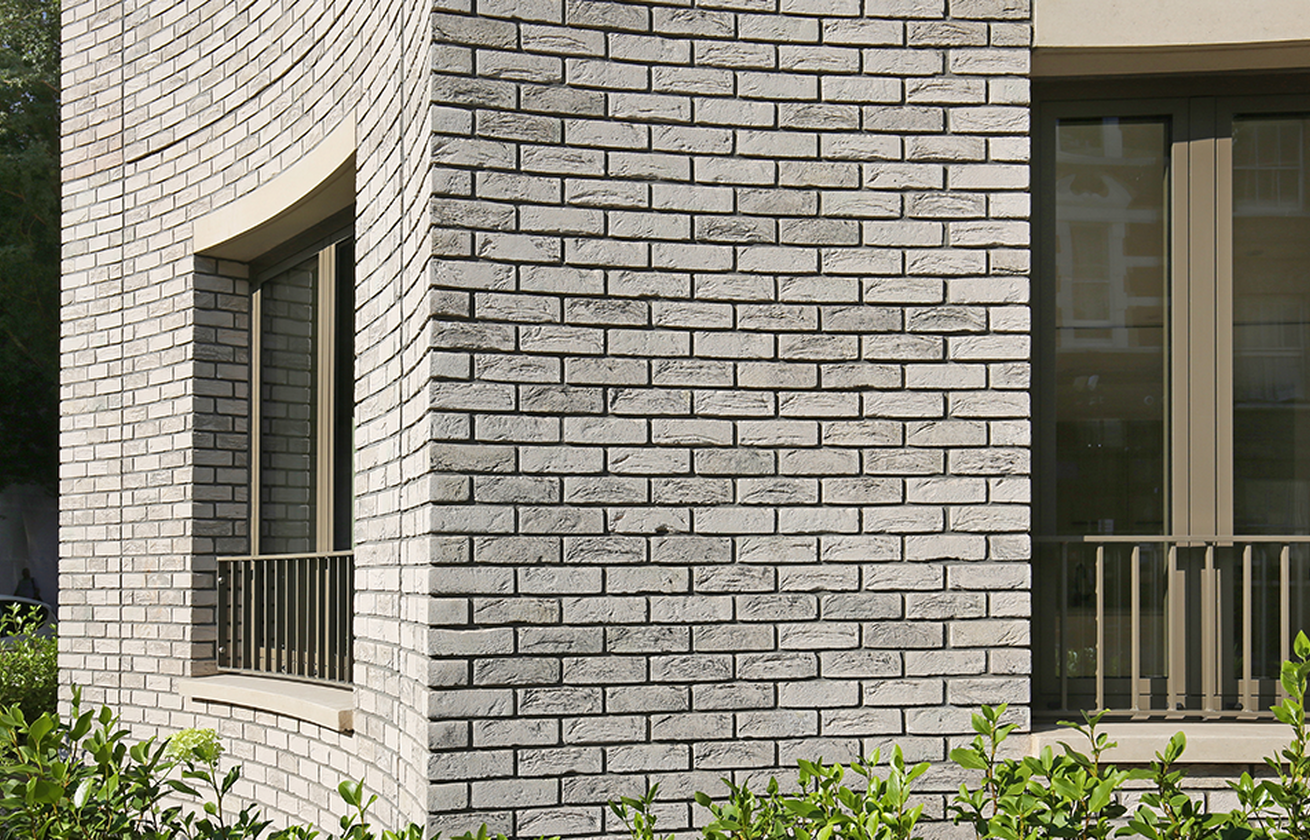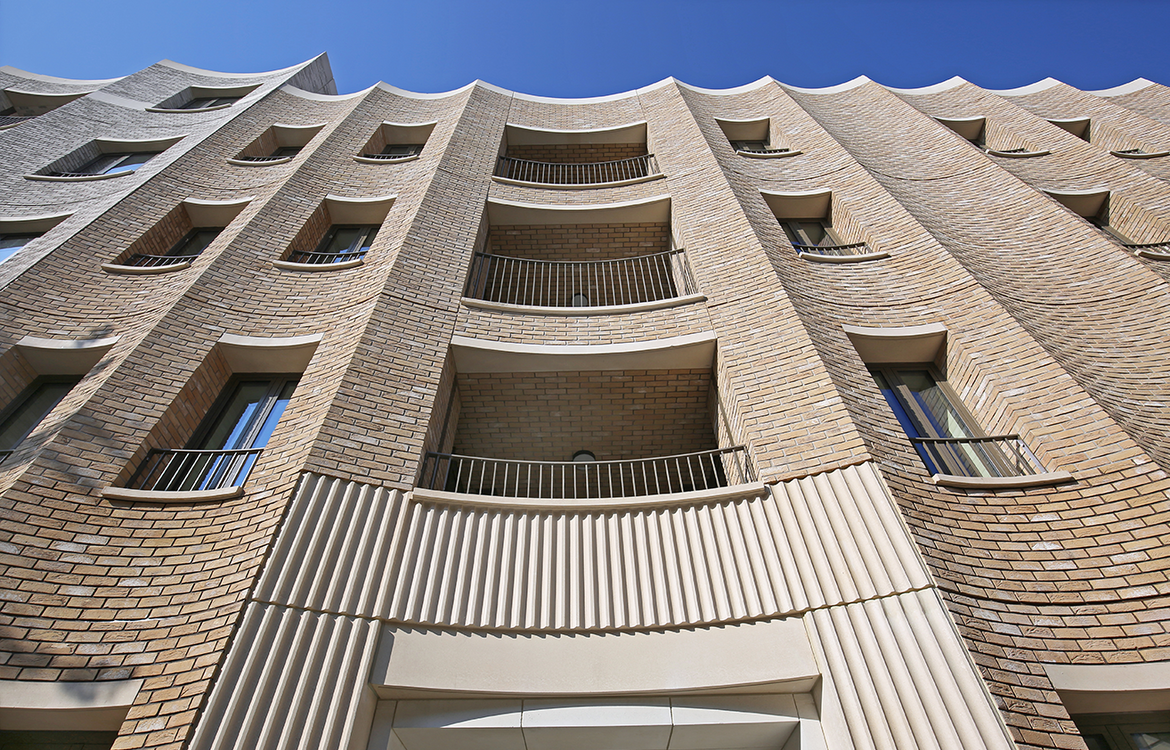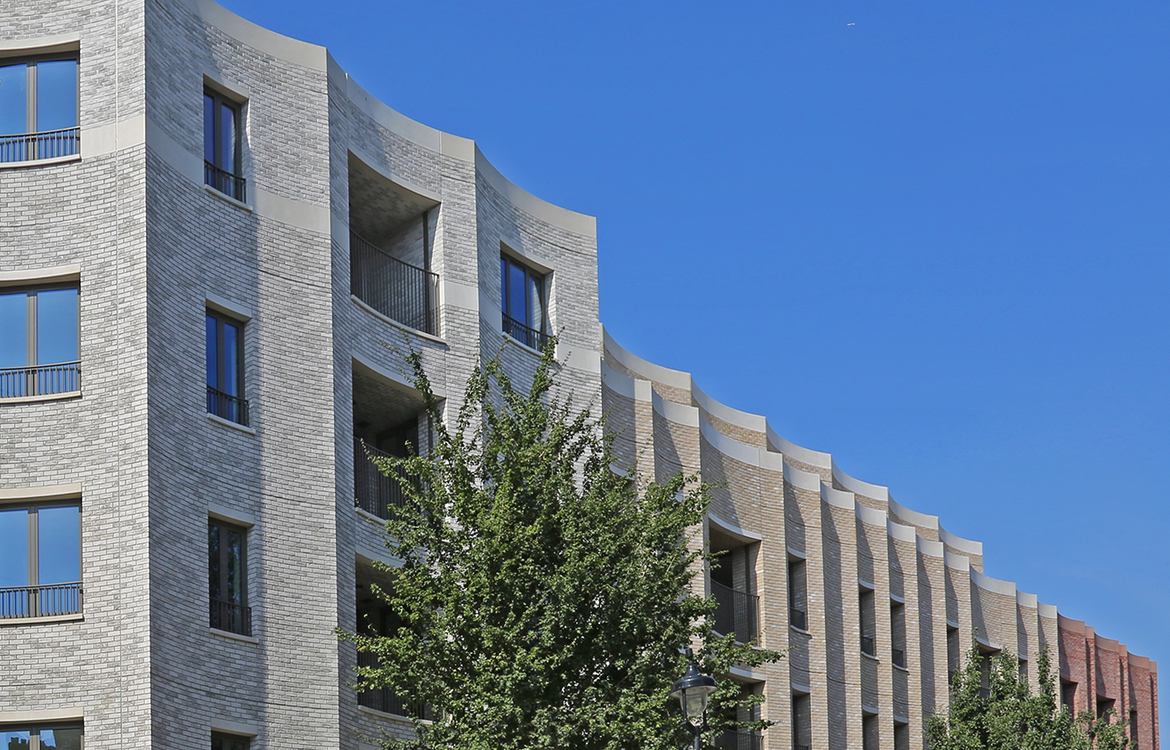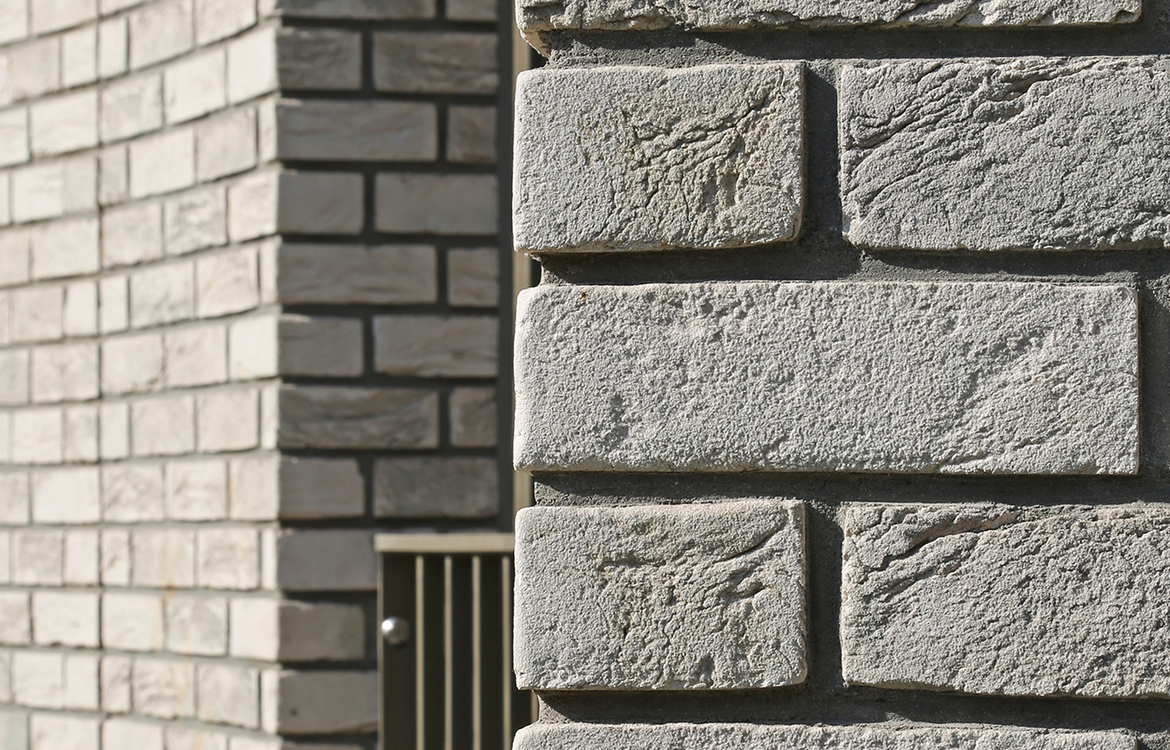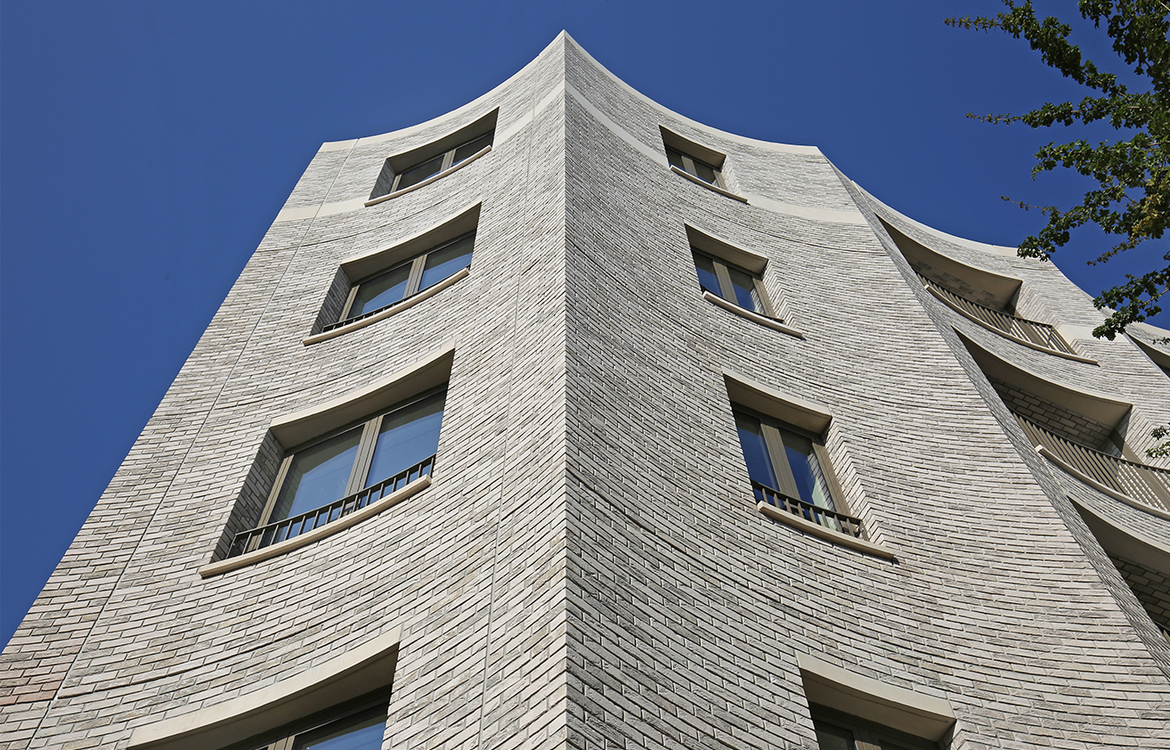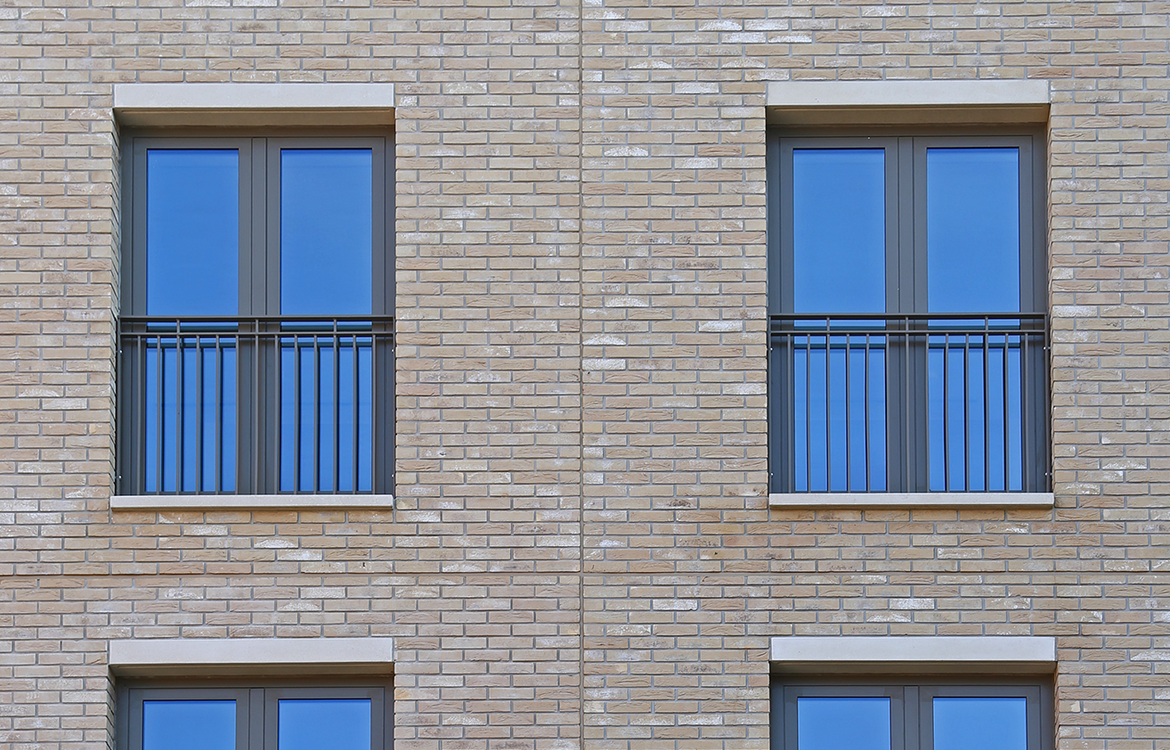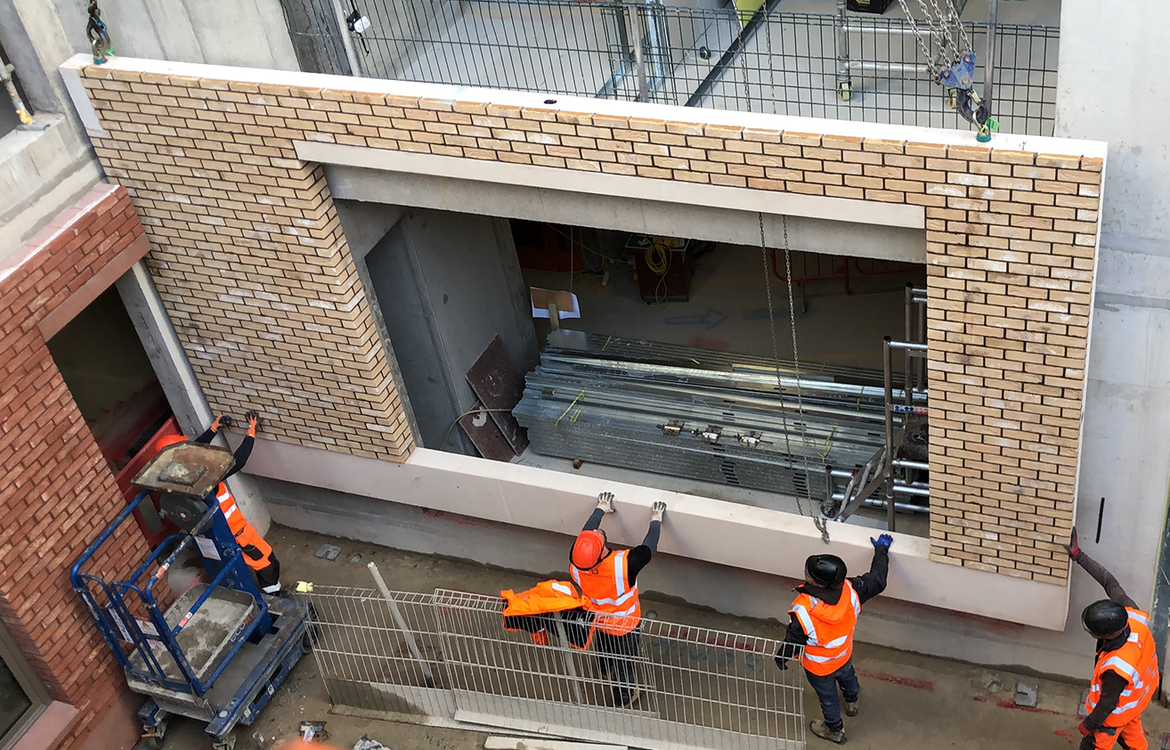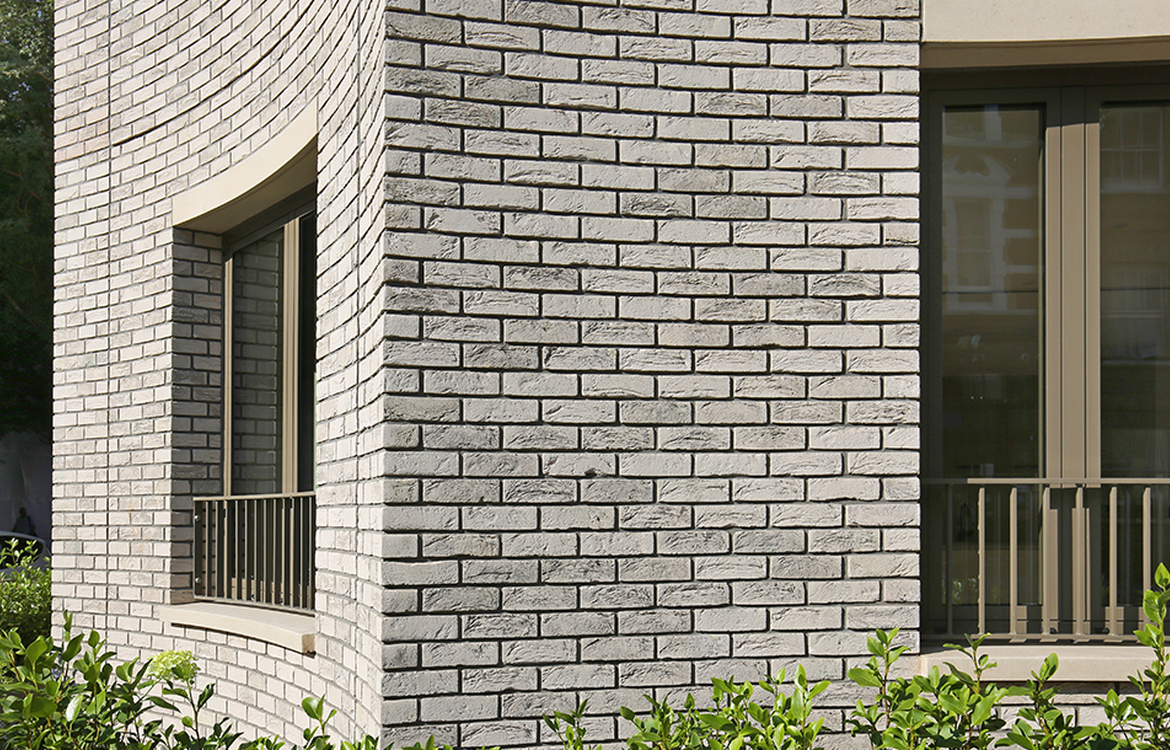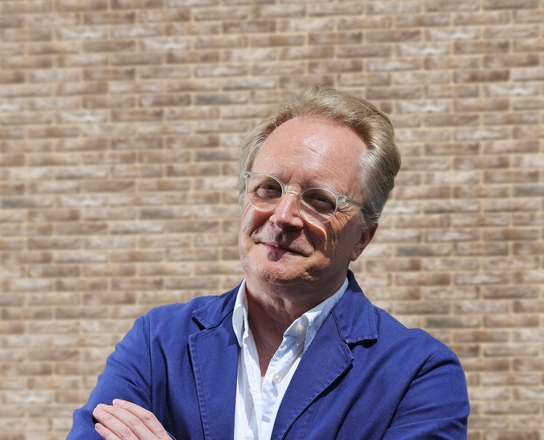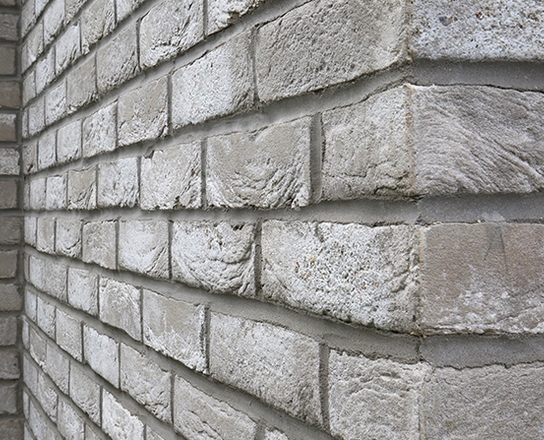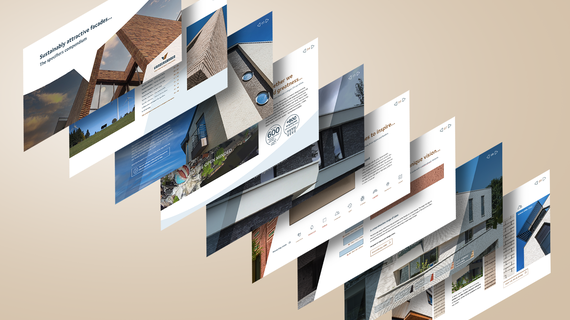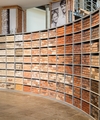A vision for city living realised
One of the first residential developments created for sale by Westminster City Council, Cosway Street comprises 49 contemporary homes around a communal garden.
Hear from one of the minds behind Cosway Street, City of Westminster
We talk to project architect Sundas Rohilla at David Miller Architects who is just one of many minds who helped to shape this project. We’ll get her ideas on brick selection, the value of collaboration, sustainability and the aesthetic that the bricks allowed in helping to stitch the scheme into its setting.

The idea was to split the building’s mass, using the materiality, colours and textures of the three different brick types and the scalloped form of the facade panels…
How would you describe the project?
This landmark building was inspired by the area’s Georgian terraces and Victorian mansion blocks. From the choice of materials to the precise proportions and the gentle curves of the scalloped panels, every element of the architecture has been considered to ensure the building complements and blends with the streetscape.
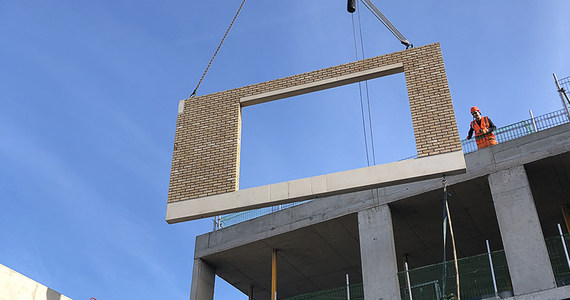
What was your design vision for the project?
David Miller Architects took over the project post planning approval. The design intent was to craft the building as if it had been carved from brick. A key decision was to employ prefabricated brick panels for the main facades, alongside traditional hand-laid brickwork for the inset balconies. The idea was to split the building’s mass, using the materiality, colours and textures of the three different brick types and the scalloped form of the facade panels, to respond directly to the context of the site.
How does your choice of brick complement this vision?
The choice of bricks was incredibly important and had to meet the planning design intent. It was essential to ensure that we were picking up the right tones of reds, yellows and greys from the existing buildings; Vandersanden’s Cayenne, Woodland Mixture and Lima do this perfectly. They also harmonise with the pigmentation of the concrete sills and copings, as well as with the window and balcony railing colours.
Why did you choose Vandersanden for the project?
Vandersanden was the front-runner early on. We’d used their products on a previous project for Westminster City Council and we’re now using them to deliver two other projects for them. It comes down to the brick’s hues and textures and the company’s commitment to sustainability.
Explain your choice of mortar?
The mass of the building is reduced not only by the different blocks of brick colours but also by the gradation of the mortar colours across the facade. There are five mortars with the darkest at the base of the wall and the lightest at the top. Using mortars in this way meant that we didn’t have to use lots of different brick types to achieve the same effect, but it did mean that it was essential to have bricks of the right texture. The brick panels were pointed offsite in the factory.
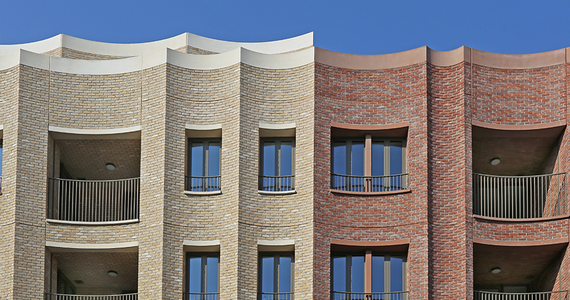
What brick innovations were there with this project?
With such a complicated design, offsite construction meant that precise tolerances could be achieved and the quality of the brickwork could be seamless. In all, 285 precast panels were manufactured by Decomo in Belgium to create 3.500m2 of finished façades. Due to the facade’s differing curvatures, Decomo had to cut and bond the bricks to various sizes with 117 different shapes for each of the three brick colours.
What support did Vandersanden offer you in the process?
Vandersanden was incredibly helpful and responsive from the start, providing samples and initial quotes during the selection process. It was essential that the bricks used by Decomo in Belgium exactly matched those being used on-site by the bricklayers, so Vandersanden worked with the design team and directly with Decomo.
What appeals to you about Vandersanden’s commitment to sustainability?
Vandersanden’s approach to sustainability and collective wellbeing resonates with ours as an architectural practice. Knowing that Vandersanden has EPDs that are super open means that we can easily compare against other products. It feels like sustainability is really embodied into their culture.
How would you sum up your experience with Vandersanden on this project?
It's been great! Their products have helped us deliver top quality housing. Everyone involved is incredibly proud of the building’s aesthetic and that is due to the bricks. It’s been a very good experience and we hope to keep working with Vandersanden.
The design for Cosway Street was by Bell Phillips, realised by Osborne and David Miller Architects as their delivery architects.
Thanks Sundas, for taking time to talk to us and of course choosing Cayenne, Woodland Mixture and Lima facing bricks by Vandersanden for your project.
Project information
- Project – Cosway Street
- Location – Marylebone, London
- Concept Architect: Bell Phillips
- Delivery Architect: David Miller Architects
- Developer – Westminster City Council
- Contractor – Osborne
- Brick used – Cayenne, Woodland Mixture and Lima
- Year of completion – 2023
Hear from the minds behind other exciting projects
We love collaborating with architects, helping them to realise their design vision. Here is just a selection of some of our collaborations, where you will hear from the architects behind these beautiful, yet functional and inspiring projects. Discover even more collaborations on the link below.

